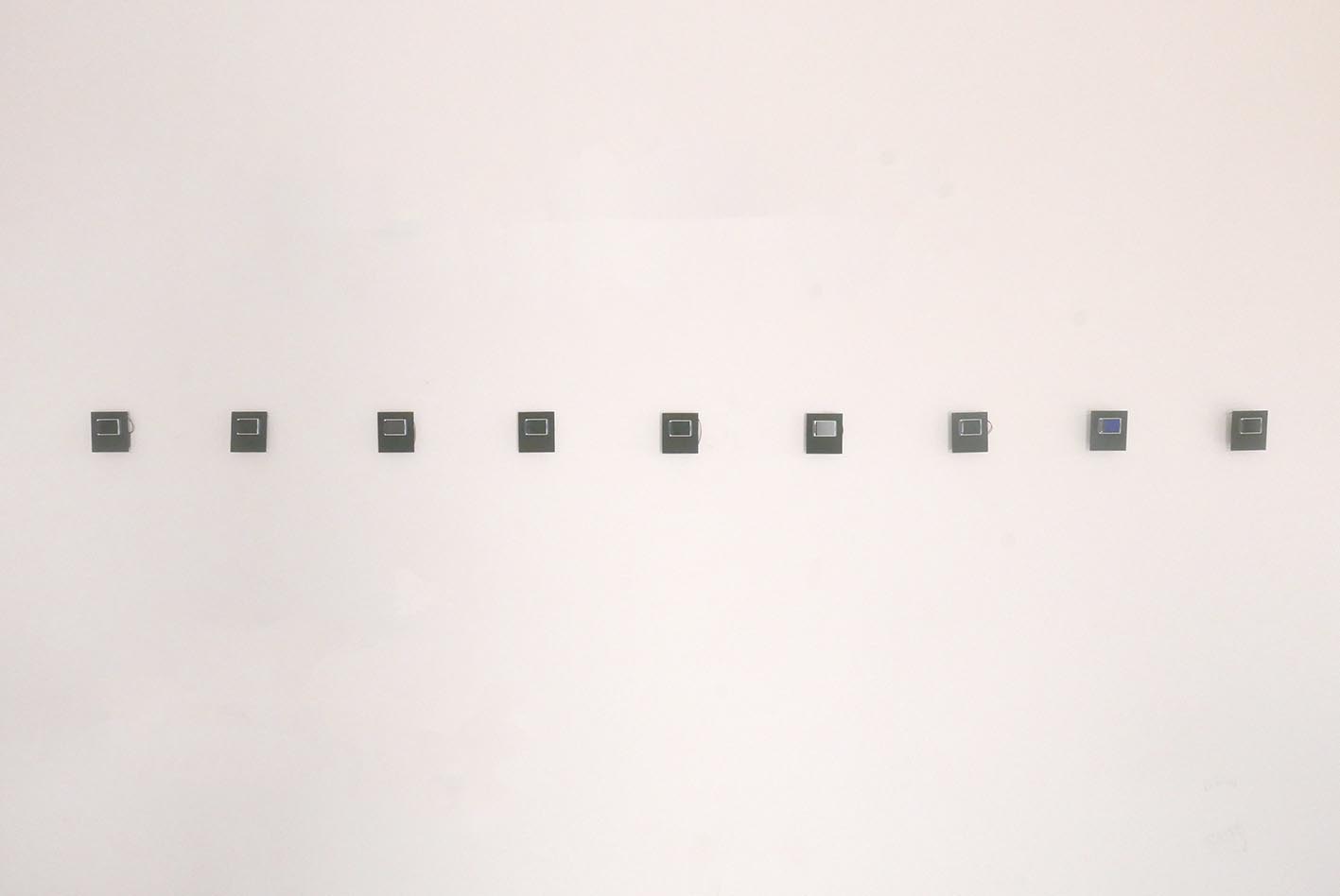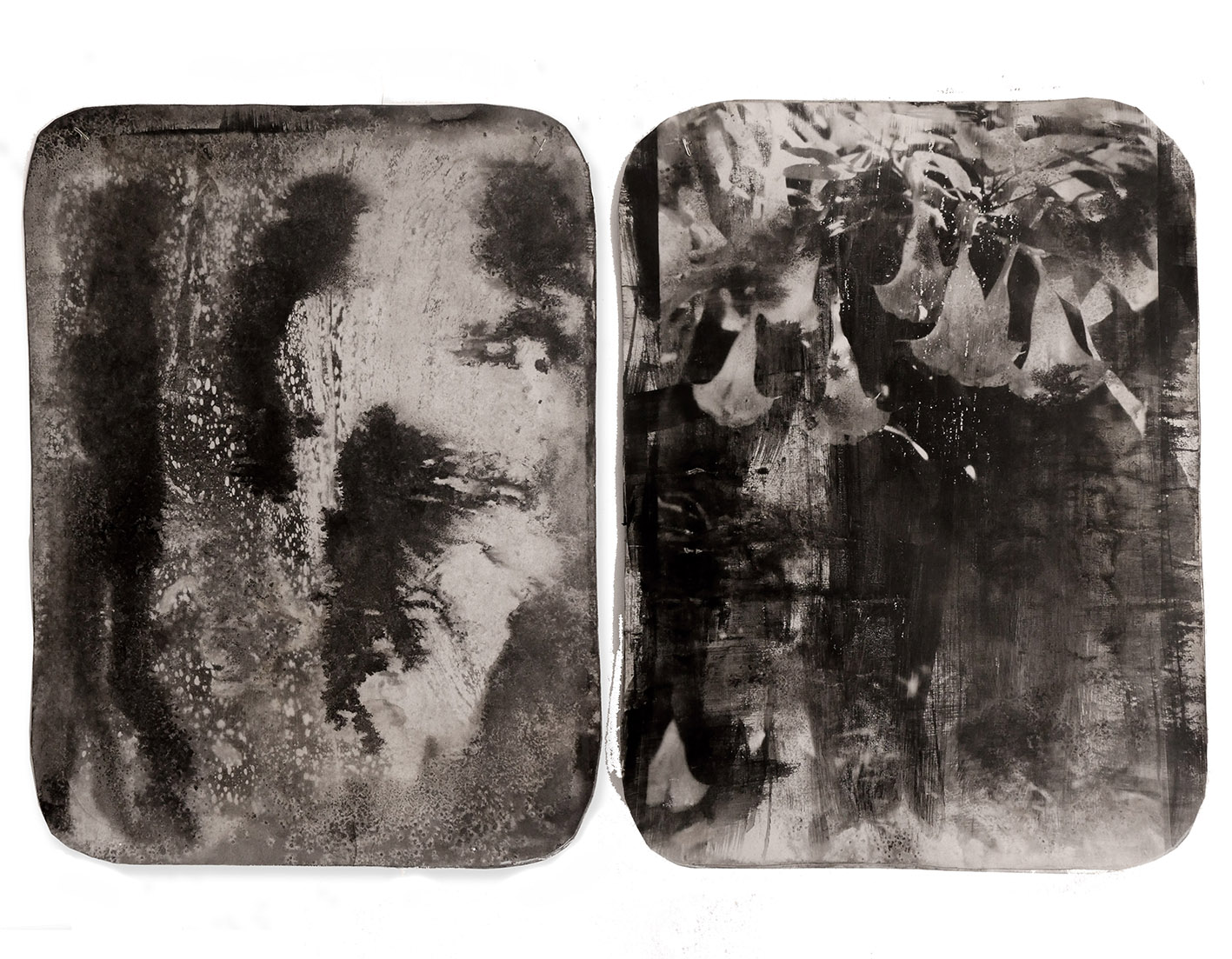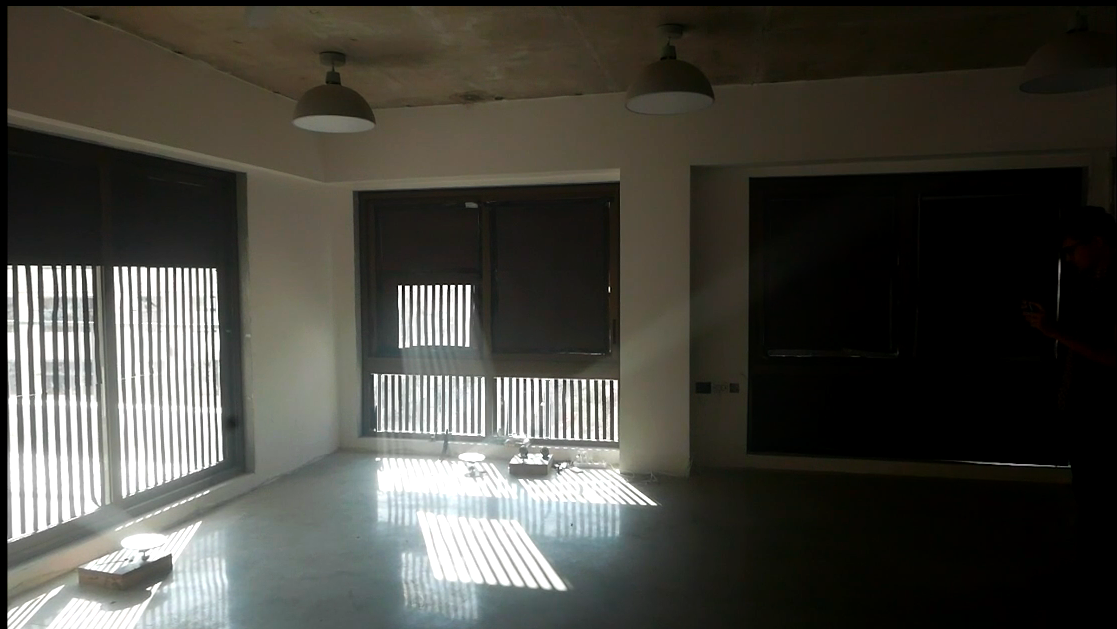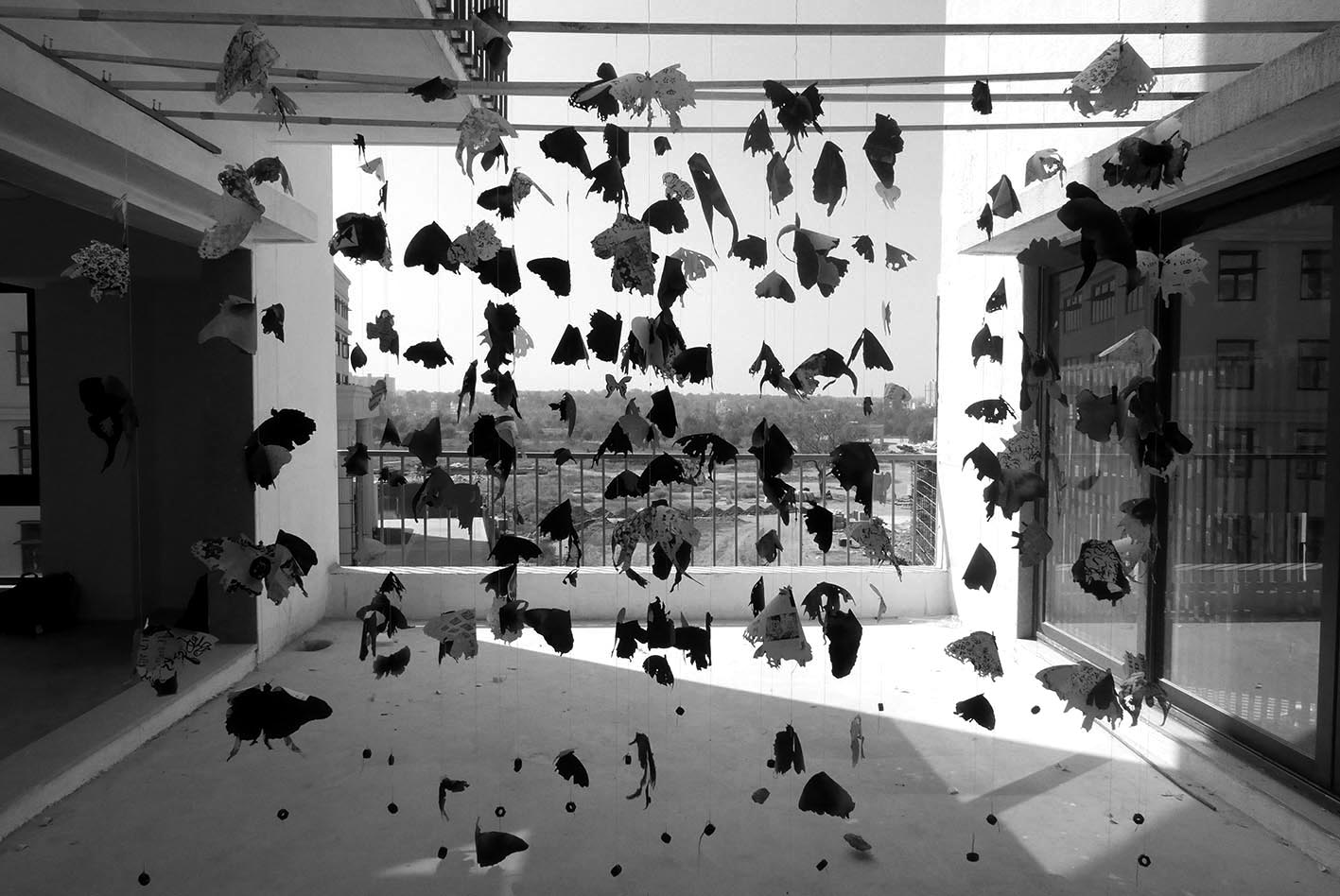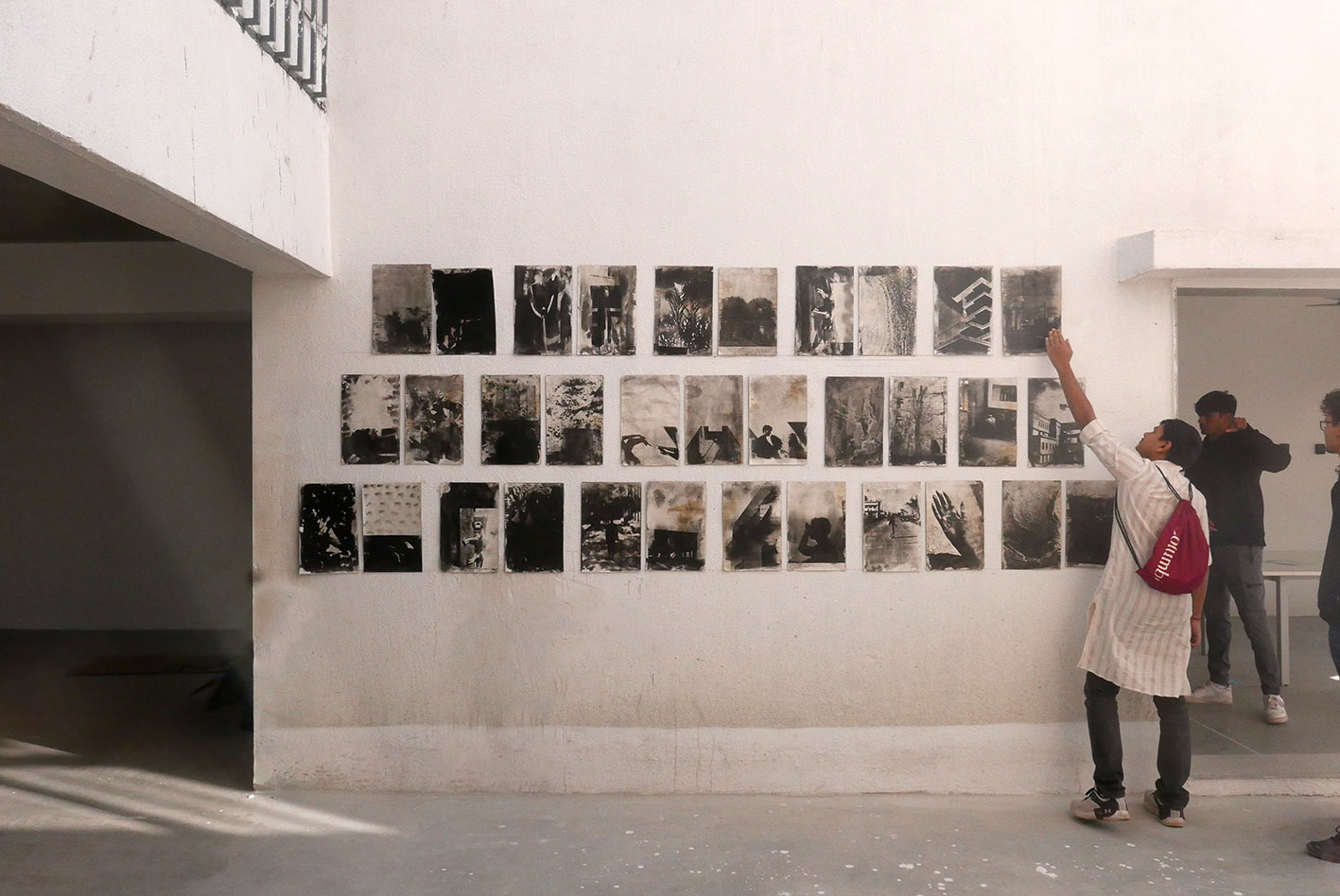Under the Sun
In the 3rd century BC The Ptolomies, the last dynasty of ancient Egypt, dreamed of gathering all the books in the world, without exception, in one universal library. It might have been the last and only time that this could have been possible. The library at Alexandria was famously destroyed over a prolonged period by fire, wars, ideological and religious conflicts and theft. The destruction of archives has continued up to the present, often as an attempt to undermine cultural or national identity. One witness of the destruction of the National library in Sarajevo described the fragments of the fire as “black butterflies floating into the air”. Changes of digital platforms and the continual additions and omissions of content also continue to alter the nature of what is remembered and what is lost.
Layers, oxidation, accretion, and decay are the vocabulary of the analogue world. It is the language of geology, of libraries, of the periodic table, chemical transformation and carbon dating. The accumulations of time recorded in the substrates of the substantial world.
On screen there is no such layering. Here images are refreshed under glass, as if immersed in water, like pebbles on a beach. Their colours are rendered more lustrous and their textures more immediate, until such time as they are eventually discharged in a flash of static.
Under the Sun invites the viewer to examine the relationship between time and memory, from the earliest accumulations of written documents to the often ephemeral aura of digital publishing.
Set-up Programming of small LED screens by Richard Christian
Voice in sunlight Installation Georgina Brett
The installation was made and installed over a period of 15 days.
Allan Parker Jan 2023
